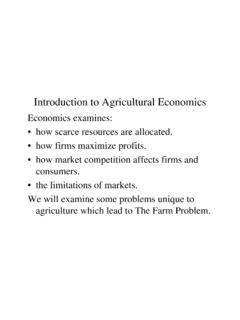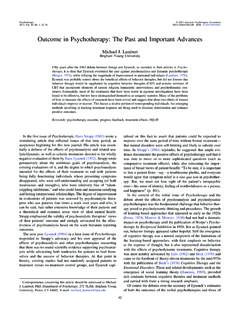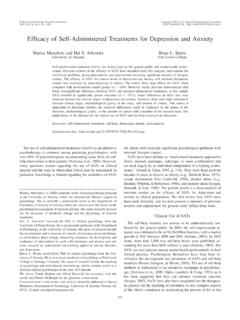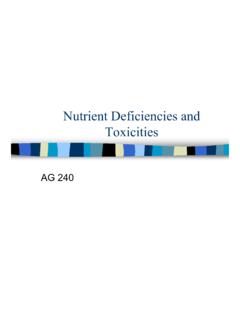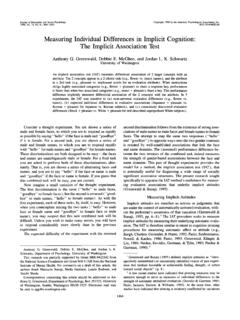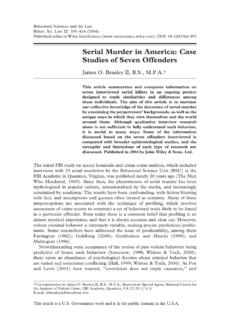Transcription of Feed Classifications Part I - Fort Lewis College
1 feed ClassificationsPart IAG 240 Forages and/or RoughagesDefinition: Vegetable material in a fresh, dried or ensiled state (pasture, hay, silage, respectively).General Characteristics of ForagesLess digestible than concentratesHigh in Fiber Generally more than 18% CFLow in EnergyExamples of ForagesLow Moisture Legume hays Grass hays Straws Fodder (stalks) Stovers(stalks) Hulls and shellsMore Examples of ForagesHigh Moisture Silage Produced from green forage crops that are compressed and stored under anaerobic conditions. 60-75% moisture Haylage Intermediate between silage and hay 40-60% moisture Grazed foragesConcentrates General Characteristics of ConcentratesHigh in EnergyLow in FiberHighly digestible (80-90%)Generally less than 20% CP And less than 18% CFExamples of ConcentratesCereal grainsBeet and citrus pulpNutsRoots and tubersLiquids (molasses, fats, oils)Protein SupplementsDefinition.
2 Contains more than 20% proteinExamples of Protein SupplementsPlant originSBM, CSM, LSM, LegumesBrewery and distillery by-productsAnimal OriginBone, blood, fish, chicken litter, feather, dried milk productsNPNUrea, DPWN otes on Protein SupplementsMolasses is commonly used as a baseSoybean meal (SBM) is most widely usedCotton seed meal (CSM) used in southFeed AdditivesCategories of feed AdditivesVitamins Yeast, fish oils, wheat germ oilMinerals Bone meal, calcium carbonate, limestoneNon-nutritive supplementsExamples of Non-nutritive feed additivesBuffersIonophoresAntibioticsFla vorsEnzymesHormonesIn depth look at each feed classificationForages and RoughagesVegetable material in a fresh, dried or ensiled state (pasture, hay, silage, respectively)
3 56% of all feed fed to livestockReview CharacteristicsNRC classification > 18% CF Less than 70% TDNM ineral content is quite variableMineral ContentK found in highest concentrations Legumes are high in CaMg is supplied in adequate quantitiesP is moderate to lowHigher in CA, lower in P than energy feeds (concentrates)More in digestibility than concentrates due to lignin Amount of lignin is inversely related to digestibility of roughageGood source of fat soluble vitaminsExtremely variable in crude protein Alfalfa can be > 20% CP Straw < 4%What is the difference between a grass and a legume?
4 Grass vs LegumeGrasses use soil nitrogen (fertilizer)Legumes have the ability to convert nitrogen present in the air into crude proteinNutrient content is greatly affected by the stage of maturity atwhich it is harvested or consumedNutrient trends of GrassAll have high levels of KHigher inMnand Zn than legumesLevels decline with maturityProblems associated with GrassesGlycosides Sorghum converts this to prussic acidCyanogenicglycosides Sorghum converts this to cyanideOxalate Causes Mg deficiencyHigh Nitrate levelsNutrient trends of LegumesAll have high levels of KHigher in Ca, Mg, S and frequently Cu than grassesLevels decline with maturityProblems associated with LegumesBloat Grazing legumes produce more bloat than consuming legume haysCoumarin Found in clovers and moldy hay Converted to dicoumarin which interferes with blood clottingRelative feed Values of various foragesRFV = relative value of hay which takes into account differences in consumption and digestibility as affected by maturity
